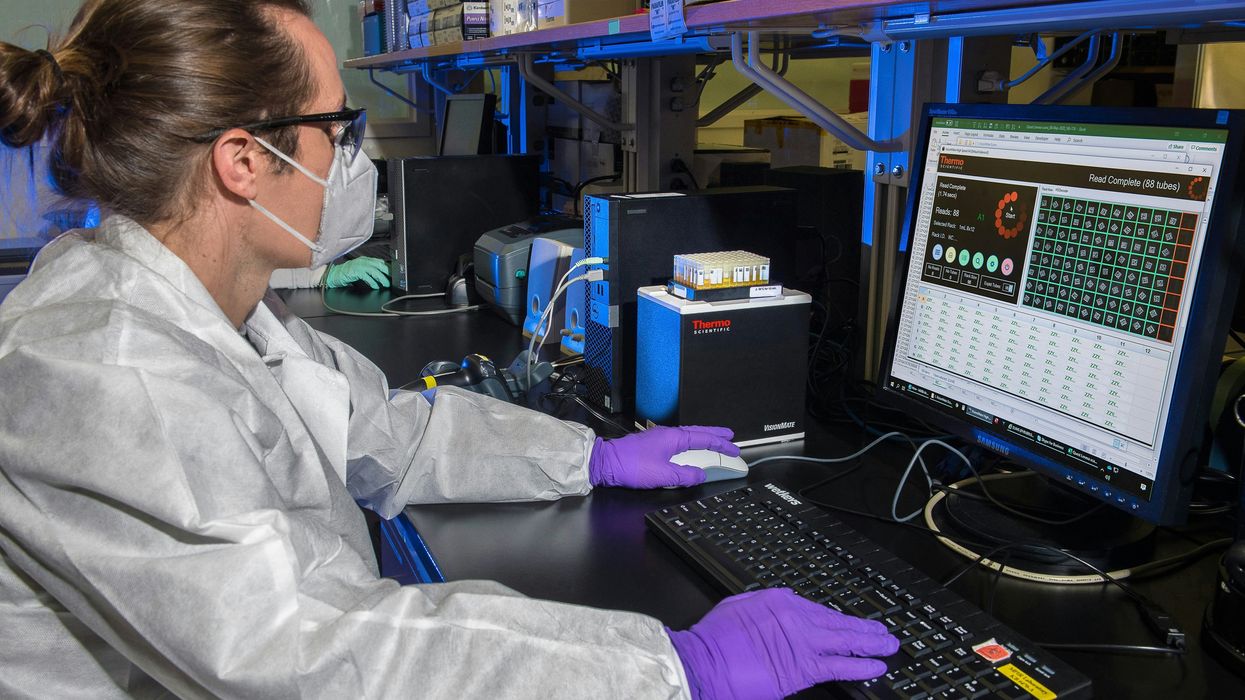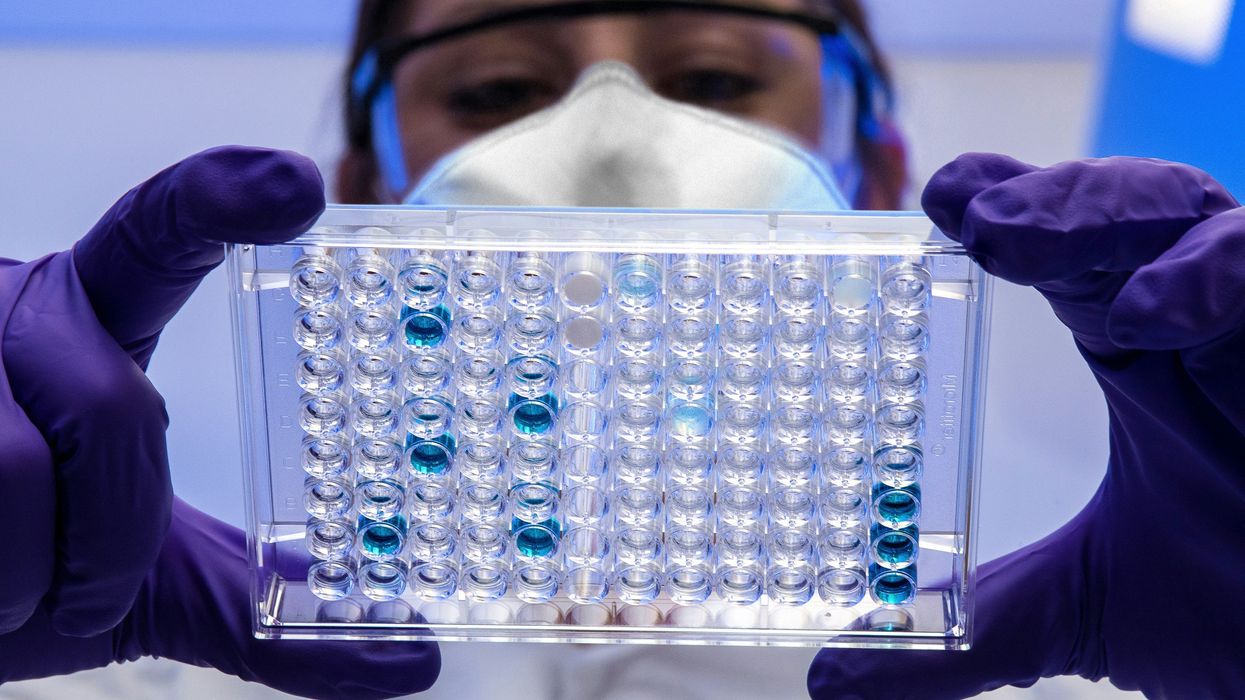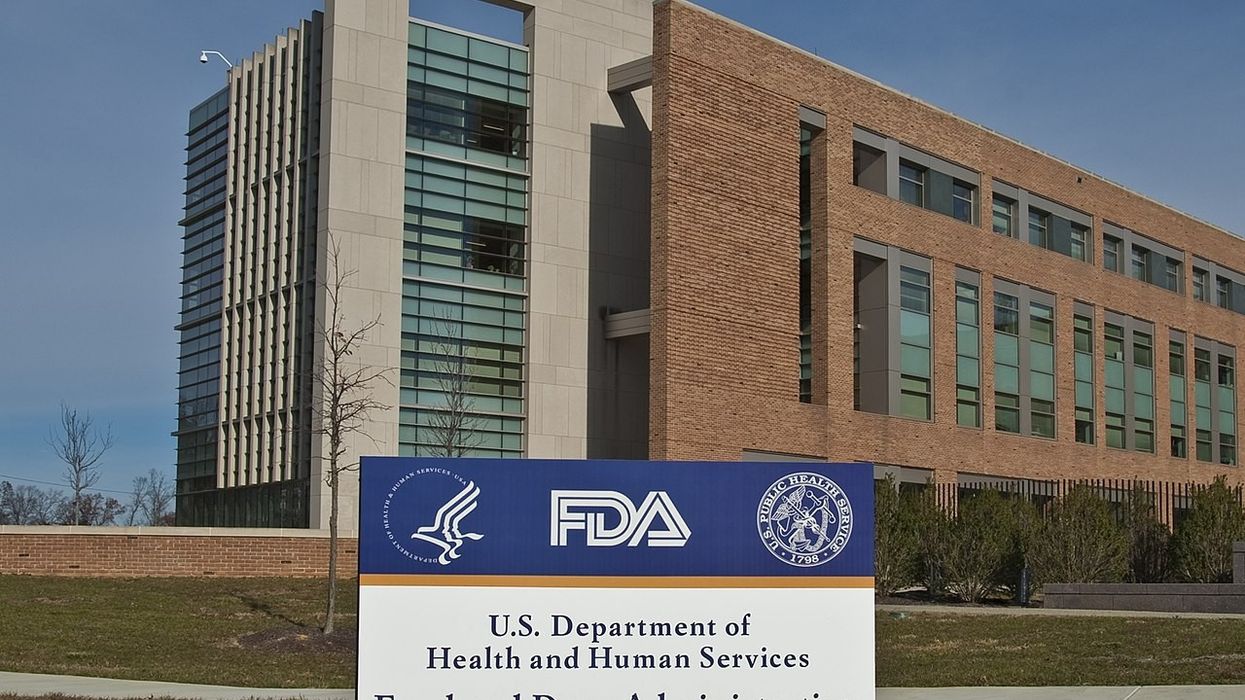A groundbreaking study conducted by researchers at the University of California, Los Angeles (UCLA), has revealed that artificial intelligence (AI) systems can detect cancer with 17% greater accuracy than experienced human doctors. This study, published on July 20, 2024, has significant implications for the future of cancer diagnosis and treatment for everyone.
The Study: Methodology and Key Findings
Led by Dr. Emily Smith, the UCLA research team compared the diagnostic accuracy of AI algorithms with that of seasoned oncologists. Utilizing a comprehensive dataset comprising thousands of medical images and pathology reports across various cancer types, including breast, lung, and prostate cancers, the study aimed to evaluate the precision of AI in identifying malignancies.
Key Findings:
- Enhanced Diagnostic Accuracy: AI algorithms achieved an accuracy rate of 94.5%, compared to 77.5% for human doctors, marking a 17% improvement . This substantial difference underscores AI's potential to reduce diagnostic errors and enhance early detection rates.
- Speed and Consistency: The AI systems demonstrated significantly faster diagnostic processing times, reducing the time from imaging to diagnosis. Furthermore, AI's consistency in analyzing images minimized variability in diagnostic outcomes, a common challenge with human evaluations .
- Reduction in Diagnostic Errors: The AI model effectively minimized false positives and negatives, crucial for avoiding unnecessary treatments and ensuring timely interventions . This improvement is expected to enhance patient outcomes and reduce healthcare costs associated with overdiagnosis and missed diagnoses .
Technological Advancements
The AI system developed at UCLA leverages state-of-the-art machine learning techniques, particularly deep learning neural networks, which analyze medical images with remarkable precision. These networks are trained on extensive datasets, incorporating thousands of annotated images, enabling the AI to detect complex patterns that might elude human eyes.
Technological Highlights:
- Deep Learning Neural Networks: These networks emulate the human brain’s neural pathways, allowing the AI to recognize intricate patterns and anomalies in medical images with high accuracy .
- Transfer Learning: The AI employs transfer learning, where pre-trained models on large datasets are fine-tuned with cancer-specific data, enhancing diagnostic accuracy and reducing the need for extensive training datasets .
- Continuous Learning: The AI system incorporates feedback loops, continuously learning from new data and improving its diagnostic capabilities over time . This adaptive learning process ensures that the AI remains at the cutting edge of diagnostic technology.
Implications for Healthcare
The UCLA study's findings have profound implications for healthcare, suggesting a transformative shift in cancer diagnosis and patient care:
- Improved Diagnostic Accuracy: AI’s superior accuracy could help detect cancers at earlier, more treatable stages, potentially saving lives and enhancing survival rates .
- Cost Efficiency: By minimizing diagnostic errors and the need for follow-up tests and treatments, AI can significantly reduce healthcare costs. This efficiency is crucial for healthcare systems facing rising costs and increasing patient volumes .
- Enhanced Patient Experience: Faster and more accurate diagnoses reduce patient anxiety and improve healthcare outcomes. Patients benefit from timely and precise treatment plans, leading to better health outcomes .
Challenges and Considerations
Despite its promise, integrating AI in oncology presents several challenges:
- Data Privacy and Security: Ensuring the confidentiality and security of patient data is paramount. Robust data protection measures must be in place to safeguard sensitive medical information .
- Clinical Integration: Transitioning to AI-based diagnostic systems requires comprehensive training for healthcare professionals and adjustments in clinical workflows .
- Bias and Fairness: Addressing potential biases in AI algorithms is crucial to ensure equitable healthcare outcomes across diverse populations . Ongoing research is essential to develop AI systems that are fair and unbiased .
Conclusion: A New Era in Cancer Detection
The UCLA study marks a significant milestone in the intersection of AI and oncology. As AI technology continues to advance, its integration into healthcare promises to enhance diagnostic accuracy, improve patient care, and save lives. This advancement heralds a new era in cancer detection, where technology and human expertise collaborate to achieve unprecedented levels of medical precision and care.
References:
- Rudy, M. (2024, July 20). AI Detects Cancer with 17% More Accuracy Than Doctors: UCLA Study. Fox News. Retrieved from Fox News.
- Smith, E. et al. (2024). "AI in Oncology: Enhancing Diagnostic Accuracy in Cancer Detection." Journal of Clinical Oncology, 42(12), 789-798.
- National Cancer Institute. (2024). "Advances in Artificial Intelligence for Cancer Diagnosis." NCI Cancer Bulletin, 12(3), 45-53.















 Dr. Cary S. Kaufman teaches the "Essentials of Oncoplastic Surgery" course through the National Consortium of Breast Centers, providing breast surgeons around the world with advanced techniques for optimal breast surgery outcomes.
Dr. Cary S. Kaufman teaches the "Essentials of Oncoplastic Surgery" course through the National Consortium of Breast Centers, providing breast surgeons around the world with advanced techniques for optimal breast surgery outcomes.

